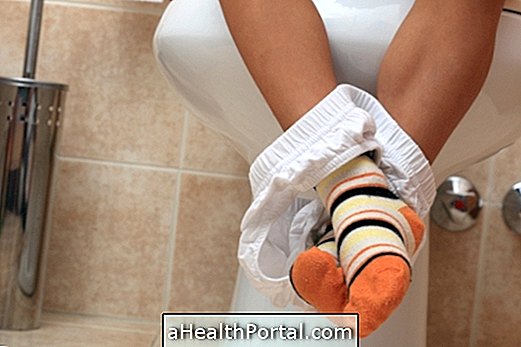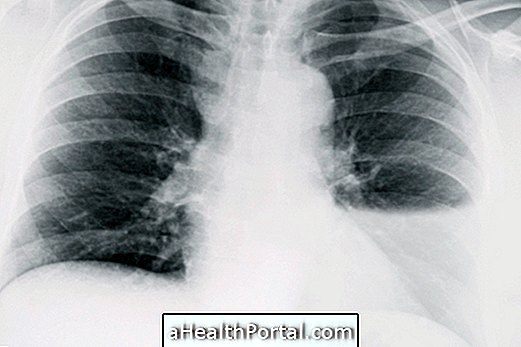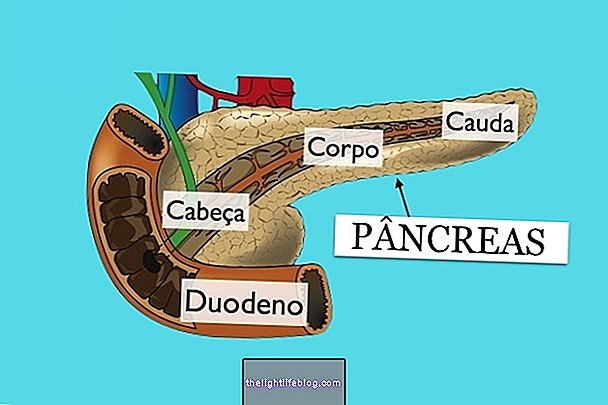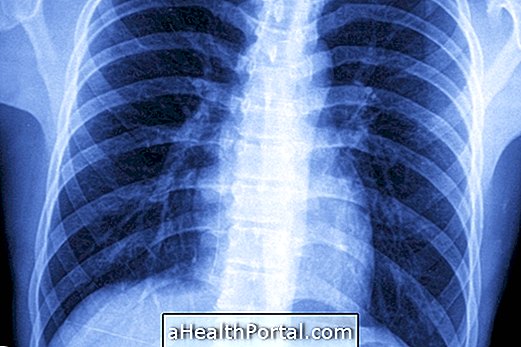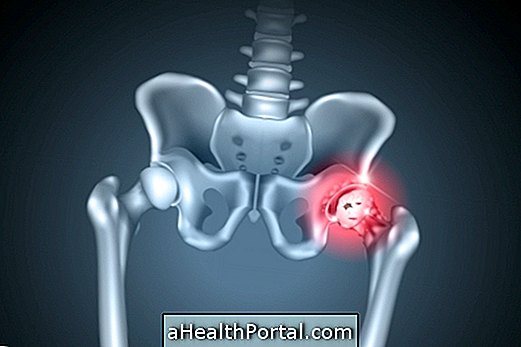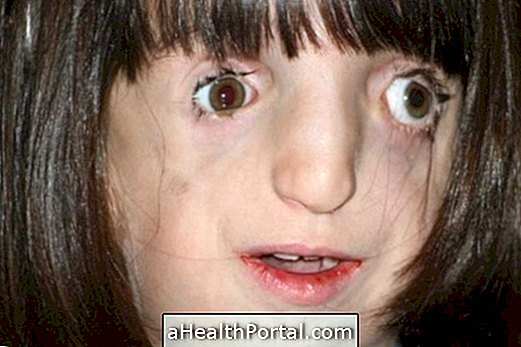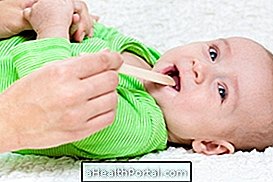Although it is a small and simple device, it is important that the patient with pacemaker rests within the first month after surgery and has regular consultations with the cardiologist to check the operation of the device and change the battery.
In addition, special care is required during the daily routine, such as:
- Use the cell phone in the ear opposite the pacemaker, avoid placing the phone on the skin that covers the device in the chest;
- Electronic music devices, as well as cellular, should also be placed within 15 cm of the pacemaker;
- Notify the airport about the pacemaker to avoid going through the X-ray. It is important to remember that the X-ray does not interfere with the pacemaker, but it can accuse the presence of metal in the body, being ideal to pass through the manual magazine to avoid problems with the surveillance;
- Warn the entrance of benches, as the metal detector can also alarm due to the pacemaker;
- Stay at least 2 meters away from the microwave ;
- Avoid physical shocks and shocks .
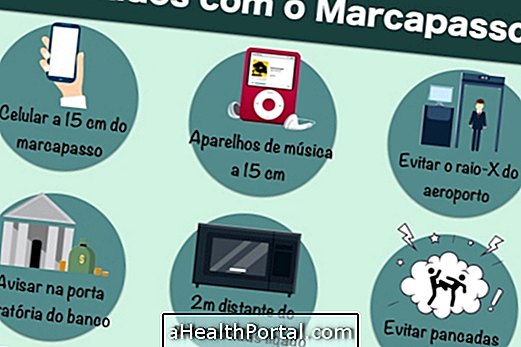
In addition to these care, the patient with pacemaker can lead a normal life, having contact with all types of electronic devices and doing any physical activity, as long as it prevents aggression on the device.
Forbidden medical examinations
Some medical examinations and procedures may interfere with the pacemaker's functioning, such as magnetic resonance imaging, radiofrequency ablation, radiotherapy, lithotripsy, and electro-anatomical mapping.
In addition, some instruments are also contraindicated for these patients, such as the electrocautery and the defibrillator, and it should be advised to the family and health professionals about the pacemaker, so that the device is deactivated before any procedure that may cause interference.
First month after surgery
The first month after pacemaker placement surgery is the period in which physical activity should be avoided, directed and made efforts such as jumping, carrying babies on the lap, and lifting or pushing heavy objects.
The recovery time and frequency of return visits should be indicated by the surgeon and the cardiologist as it varies according to the patient's age, general health, and type of pacemaker, but usually 6 months.

